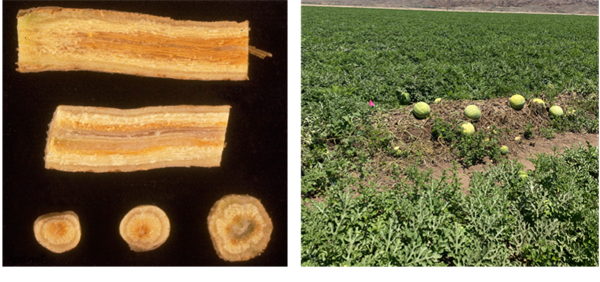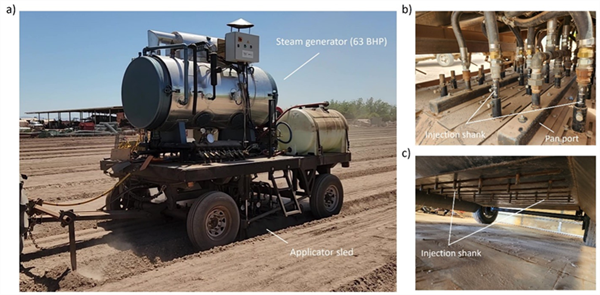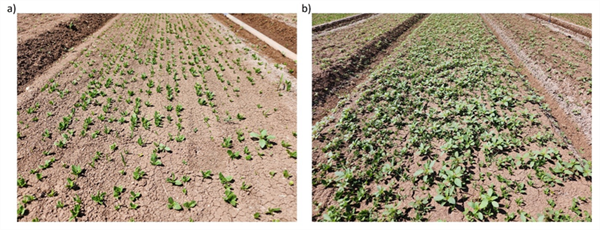Jun 28, 2023
The Art and Science of Crop Production
Among the many challenges facing the agricultural community, communication is among the most important. Recent water shortages have raised the attention of the public to agriculture and specifically crop production systems in the desert Southwest. This has revealed an enormous lack of knowledge on the part of the non-agricultural public about the process of crop production and the management required to produce crops successfully and sustainably in the desert. As it is commonly stated: “Facts may be facts, but perception becomes reality.”
Dwight D. Eisenhower once said, “Farming looks mighty easy when your plow is a pencil and you’re a thousand miles from the cornfield.” We have certainly seen these tendencies in action during the past few years with an abundance of well-intended advice and directions from the non-ag public regarding how farmers and agricultural entities should deal with the water shortage.
Part of our challenge in working with people from non-ag or urban sectors is communicating some basic facts and the truth about agriculture. This challenge is compounded by the abundance of misinformation, the tendency for people to consider these issues emotionally as opposed to rationally, and the associated lack of interest many people have in hearing about statistics and science-based information. So, the challenge in communication is often centered on some basic foundational points and trying to make it relevant to people.
Most of the time in communicating agricultural perspectives to urban or non-ag audiences we are working with people who are several generations removed from agriculture. In 1900, nearly 40% of the U.S. population worked on farms and ranches and 60% lived in rural areas. Today, those numbers are only 1% and 20% (Figure 1). Considering that, it is easy to understand the disconnect we commonly experience between agricultural realities and common perceptions in the urban sectors.
Even with less people working in agriculture, crop yields have continued to increase (Figure 2). For example, contrasting crop yields in U.S. from 1900 to 2014 shows that corn yields in 1900 were only 18 % of what they were in 2014. Similarly, 1900 wheat yields were only about 30 percent of what they were in 2014. This has been largely due to the adoption of improved mechanization, synthetic fertilizers, improved genetics, and seed quality. Also, crop yields have been better protected with integrated pest management systems for the management of insects, weeds, and diseases. Major increases in crop yields have been particularly realized since World War II. The irony is that all these factors contributing to higher yields are commonly the points of fierce criticism from the non-ag populace.
Simple things like the significance of photosynthesis and the capture of light energy from the sun with water from the soil and carbon dioxide (CO2) from the air and then converted into the plant dry matter that humans and other animals consume and depend on for survival is a connection not made by most people. The process of photosynthesis and how we manage it is really a fundamental piece of our agricultural foundations. It also describes the basic relationship of water to crop production. We cannot assume that people understand even these basic facts.
In production agriculture we are dependent on natural resources, such as water, climate, and the soils of this region. In the desert Southwest, our capacities to produce the highest crop yields of anywhere on the planet with premium quality products is largely a function of the dry climate, our capacity to provide sufficient water by irrigation, and the utilization of the tremendous resources of geologically young and highly fertile soils.
Another critical resource that is essential to the crop production systems of the desert Southwest is the skill and expertise provided by the people who are farming and managing these systems. In my work with the University of Arizona over the past 36 years, I have had the opportunity to work with people in crop production regions in many parts of the world, commonly in arid and semi-arid regions. I am always impressed with the skill, commitment, and capacity of farmers all over the world. But the skill levels required to survive and compete in crop production systems in the desert Southwest are unsurpassed.
Farmers and the full array of personnel including technicians, pest control advisors, agronomists, irrigators, farm operators, business managers, mechanics, etc. are essential in the production of crops. Successful crop management requires the successful integration of all these components and much more. Improvements in our systems of crop production include our constant efforts to improve efficiency in the integration of these essential components.
Crop production efficiency comes in at least three different forms: economic, agronomic, and environmental. These three aspects of crop production efficiency are all important and they can be met simultaneously, but economic survival is essential, and it becomes first and foremost in the management of a farming operation. If a farm is not profitable it does not survive.
A tremendous amount of technical knowledge and skill is required in crop production and an effective understanding and application of scientific knowledge is essential. Beyond the scientific capabilities required, there is also a high degree of skill required to manage and effectively integrate everything into a crop production operation. Thus, it is a fact that crop production is a combination of art and science.
Effectively communicating agriculture and basic facts about food production is a real challenge for those of us working in agriculture. As we have seen recently with the challenges that we have faced with the water shortages, the survival of agriculture crop production systems in the desert Southwest will be dependent at least in part upon our capacity to effectively communicate to the non-ag or urban sectors of our state, region, and nation.
The manner of this communication is one of our grand challenges for current and future sustainability of agriculture in the desert Southwest. I find this to be a challenge within the university community and even within a college of agriculture. It is not always easy but it is important for all of us in the agricultural community to understand and engage in this effort to communicate appropriately with our fellow citizens in non-ag and urban sectors when given the opportunity. We have a lot at stake and we are all in this together.
A broad separation between public perception and reality exists and it is important to understand that. Perhaps these water shortage situations can serve as a platform for improving public knowledge of agriculture and crop production.
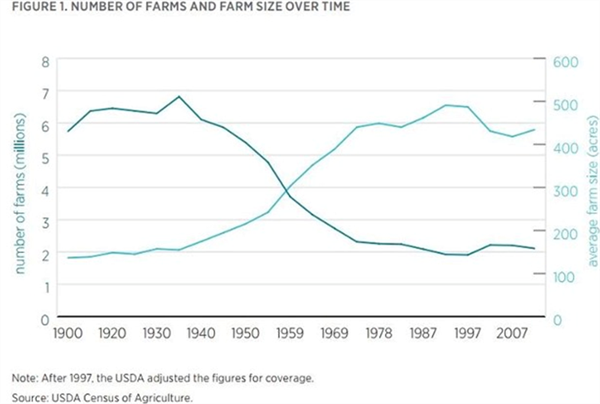
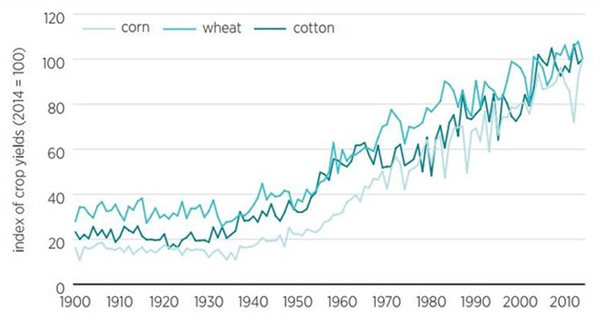
To contact Jeff Silvertooth go to:
silver@ag.arizona.edu

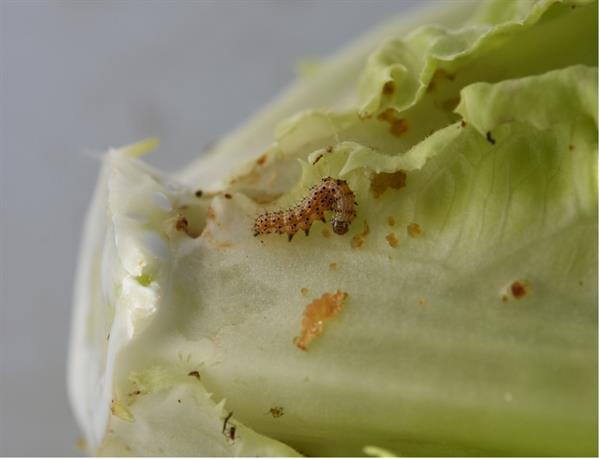 To contact John Palumbo go to: jpalumbo@ag.Arizona.edu
To contact John Palumbo go to: jpalumbo@ag.Arizona.edu




